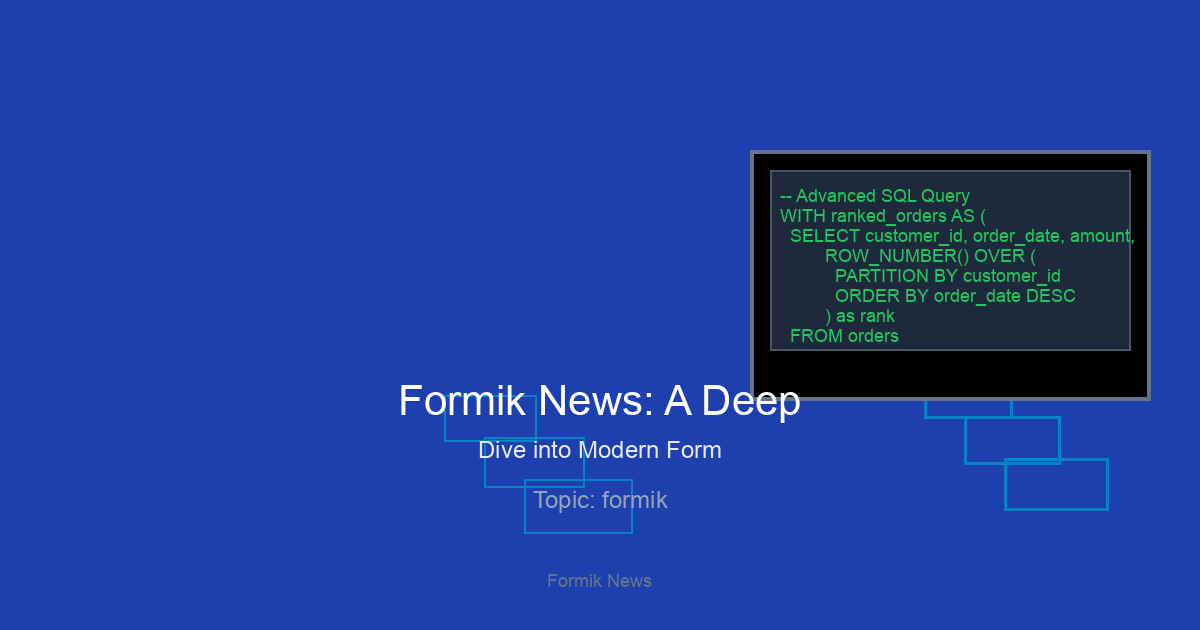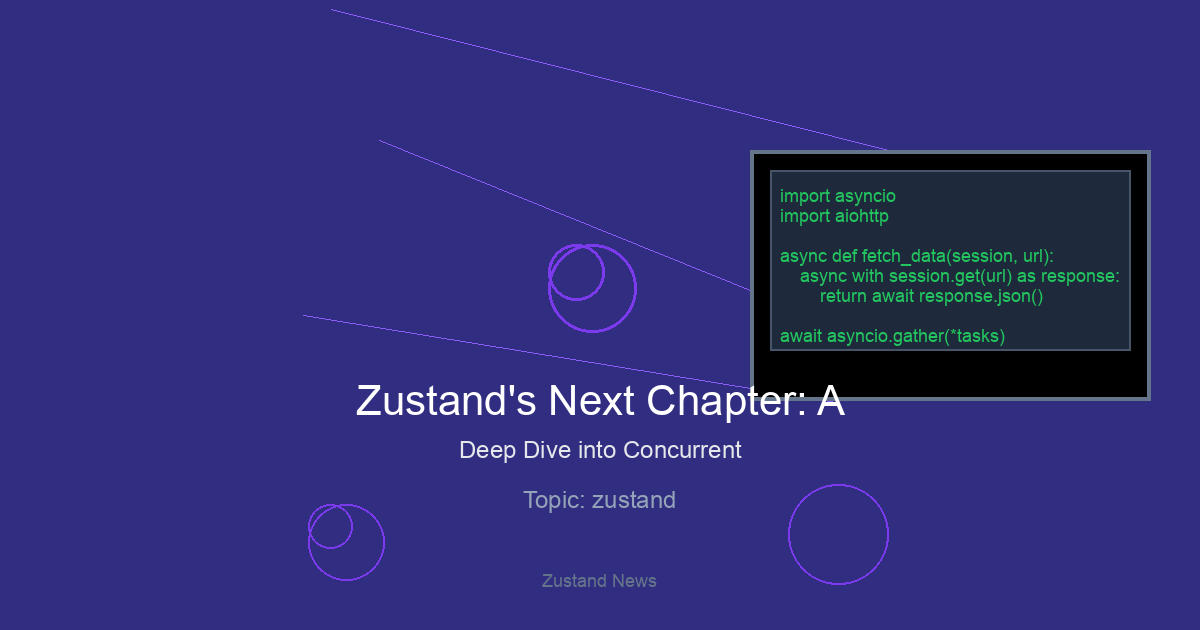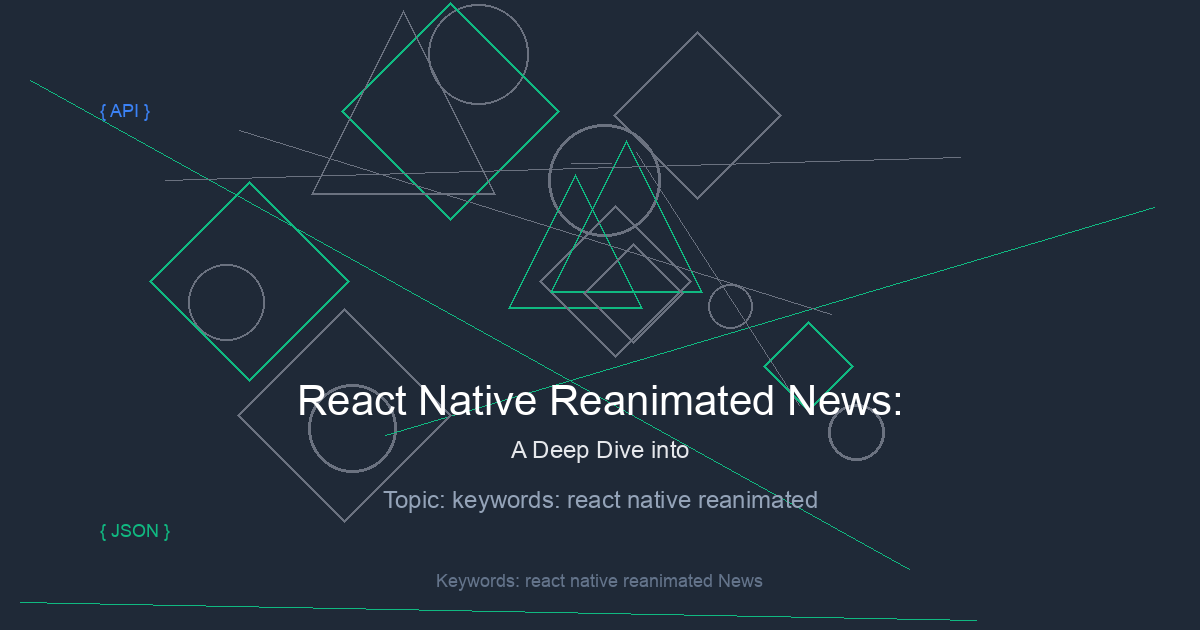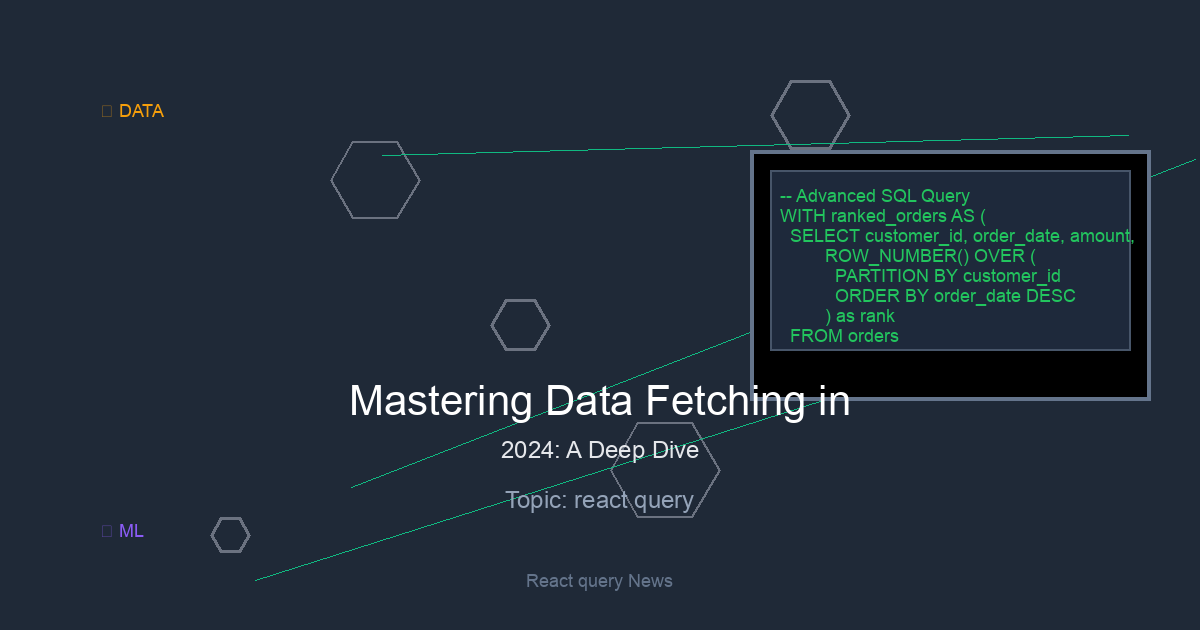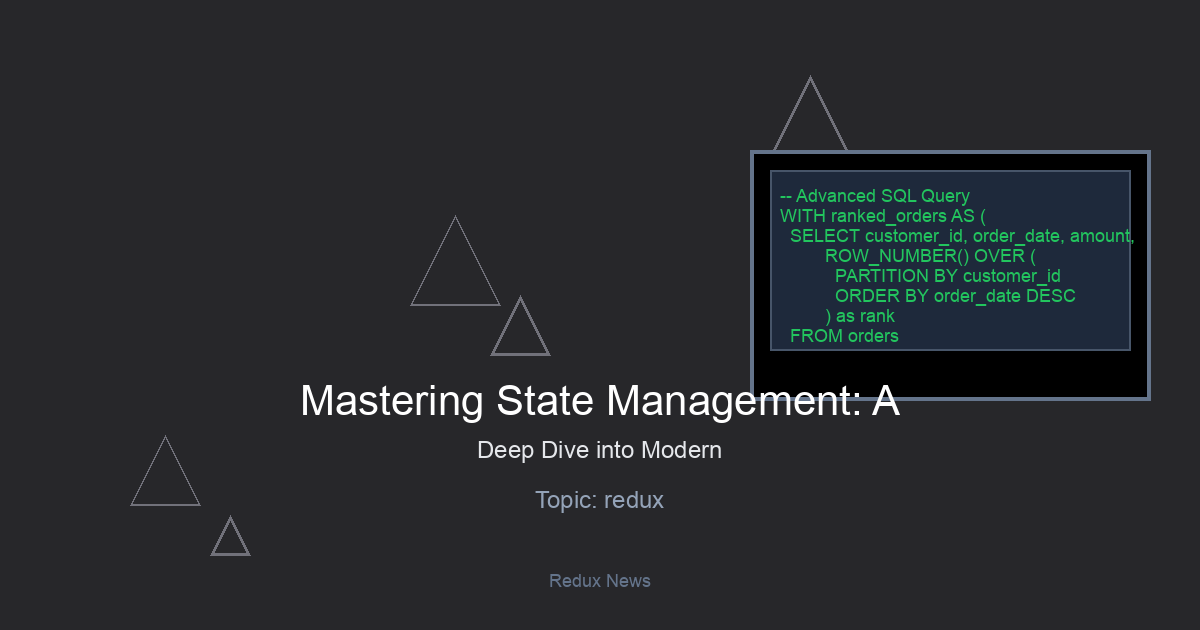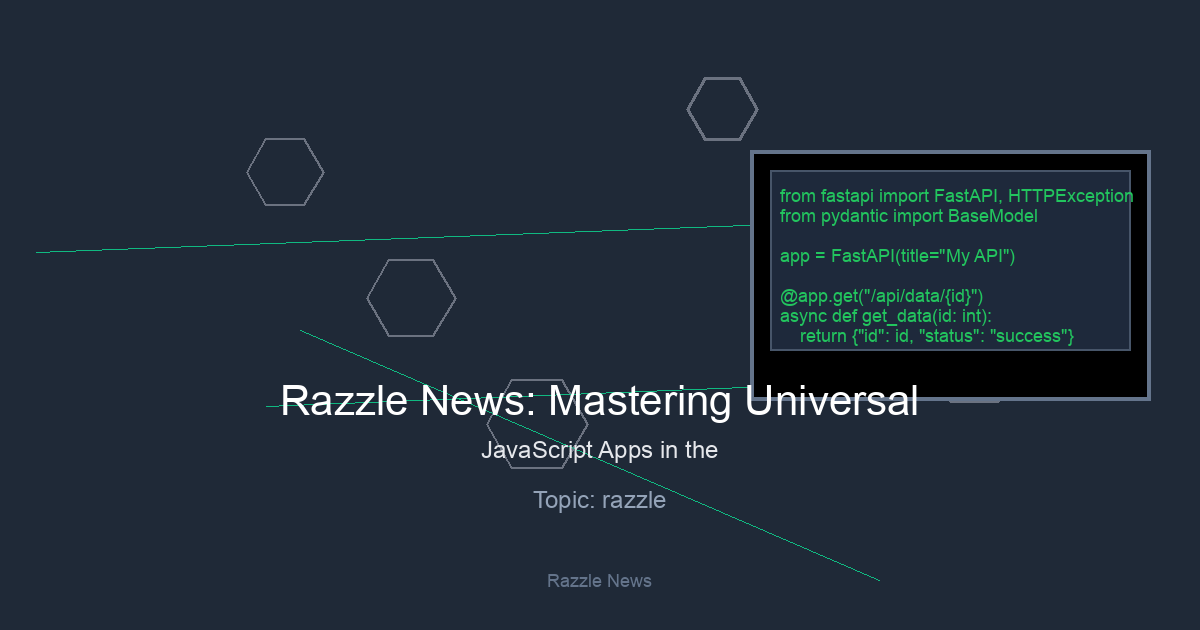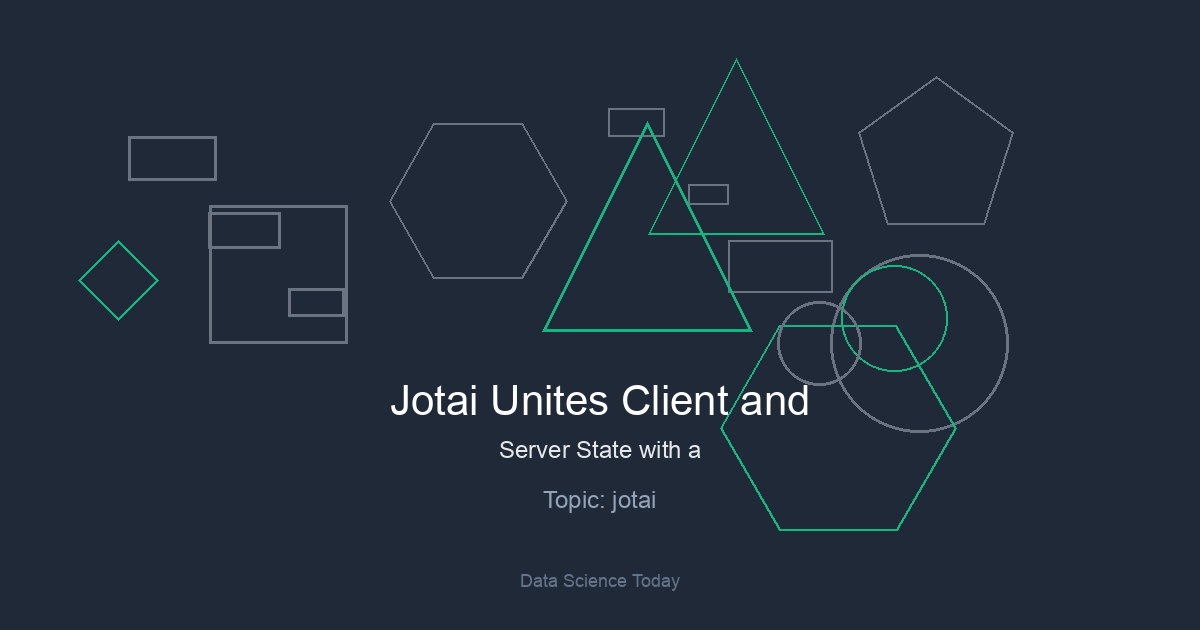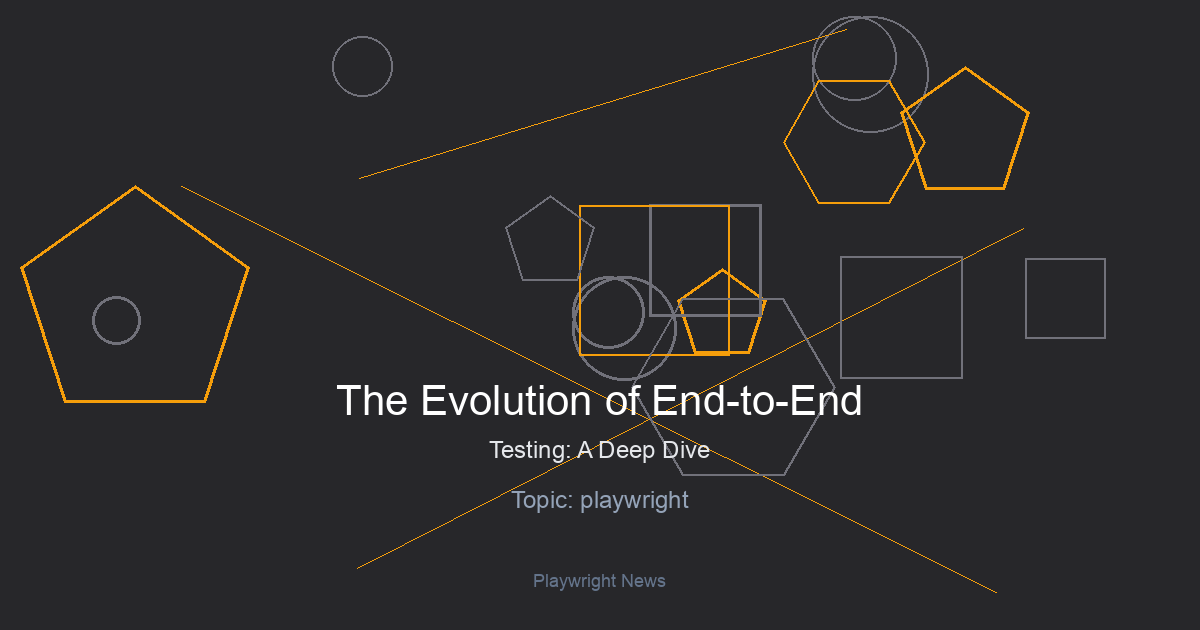The State of Form Management: Why Formik Still Matters
In the fast-paced world of web and mobile development, the latest React News is often dominated by groundbreaking frameworks and state management paradigms. From the server-centric power of Next.js News and Remix News to the atomic state updates discussed in Recoil News and Jotai News, the ecosystem is in constant flux. Yet, amidst this innovation, a fundamental challenge remains: managing user input through forms. Forms are the lifeblood of interactive applications, and handling their state, validation, and submission logic can quickly become complex. This is where a mature, battle-tested library like Formik continues to prove its immense value.
Formik simplifies the three most tedious parts of building forms: getting values in and out of form state, handling validation and error messages, and managing form submission. While newer contenders like React Hook Form News have gained significant traction by prioritizing performance and a hook-centric API, Formik’s declarative approach and comprehensive feature set offer a robust and intuitive developer experience. This article provides a deep dive into Formik, exploring its core concepts, practical implementation in React Native, advanced techniques, and its place within the modern development landscape, proving why Formik News is still relevant for developers today.
Section 1: Understanding Formik’s Core Philosophy
At its heart, Formik is designed to orchestrate form state without being overly prescriptive about how you render your components. It leverages React’s controlled component pattern but abstracts away the boilerplate of using useState and manual event handlers for every single input. This allows you to focus on building a great user experience rather than wrestling with state management logic. The core of Formik can be accessed through two primary APIs: the <Formik /> component and the useFormik hook.
The Declarative Approach with the <Formik> Component
The <Formik /> component uses the render props pattern to inject form state and helper methods into your form. This provides a clear and declarative way to structure your form logic. Key components you’ll work with include <Form />, <Field />, and <ErrorMessage />, which automatically wire up to the Formik context.
Let’s look at a fundamental example of a login form. This demonstrates how little manual state management is required.
import React from 'react';
import { Formik, Form, Field, ErrorMessage } from 'formik';
import * as Yup from 'yup';
const LoginSchema = Yup.object().shape({
email: Yup.string().email('Invalid email address').required('Required'),
password: Yup.string()
.min(8, 'Password must be at least 8 characters')
.required('Required'),
});
const LoginForm = () => (
Login
{
setTimeout(() => {
alert(JSON.stringify(values, null, 2));
setSubmitting(false);
}, 400);
}}
>
{({ isSubmitting }) => (
)}
);
export default LoginForm;In this example, Formik manages the email and password fields’ state. We integrate Yup for schema-based validation, and the <ErrorMessage /> component conditionally renders validation feedback. The entire form state is self-contained, which is a key advantage over mixing form state with global state managers, a topic often seen in Redux News or Zustand News.

Section 2: Bringing Formik to Mobile with React Native
A significant part of recent React Native News revolves around creating seamless cross-platform experiences. While there isn’t an official, separate “Formik Native” library, the core Formik package is platform-agnostic and works beautifully with React Native. The principles remain the same, but instead of HTML elements like <input>, you use React Native’s core components like <TextInput>.
Implementing a Form in a React Native App
To use Formik in a React Native project (perhaps one bootstrapped with the latest tools from Expo News), you connect Formik’s state and handlers to your native components. The useFormik hook or the render prop pattern provides helper functions like handleChange, handleBlur, and handleSubmit, along with state values like values, errors, and touched.
Here’s how you would adapt the previous login form for a React Native application, potentially styled with a library like React Native Paper News or NativeBase News.
import React from 'react';
import { Button, TextInput, View, Text, StyleSheet } from 'react-native';
import { Formik } from 'formik';
import * as Yup from 'yup';
const LoginSchema = Yup.object().shape({
email: Yup.string().email('Invalid email').required('Required'),
password: Yup.string().min(8, 'Too Short!').required('Required'),
});
const NativeLoginForm = () => (
console.log(values)}
>
{({ handleChange, handleBlur, handleSubmit, values, errors, touched }) => (
{errors.email}
) : null}
{errors.password}
) : null}
)}
);
const styles = StyleSheet.create({
container: {
flex: 1,
justifyContent: 'center',
padding: 20,
},
input: {
height: 40,
borderColor: 'gray',
borderWidth: 1,
marginBottom: 10,
paddingHorizontal: 10,
},
errorText: {
fontSize: 12,
color: 'red',
marginBottom: 5,
},
});
export default NativeLoginForm;This code demonstrates the manual but powerful way of wiring up components. You pass handleChange('fieldName') to the onChangeText prop and handleBlur('fieldName') to onBlur. The form’s state (values, errors, touched) is directly available to conditionally render UI, such as error messages. This pattern is incredibly flexible and integrates with any custom component or third-party UI library, including modern choices like Tamagui News highlights.
Section 3: Advanced Techniques and Modern Ecosystem Integration
Beyond simple login forms, real-world applications often require more complex scenarios, such as dynamic field arrays, multi-step wizards, and integration with asynchronous data sources. Formik provides the tools to handle these advanced use cases gracefully.
Managing Dynamic Forms with FieldArray
One of Formik’s most powerful features is the <FieldArray /> component, which simplifies managing lists of fields. Imagine a form where a user can add multiple social media profile links. FieldArray provides helper functions like push and remove to manipulate the array state effortlessly.
import React from 'react';
import { Formik, Form, Field, FieldArray, ErrorMessage } from 'formik';
const DynamicSocialForm = () => (
alert(JSON.stringify(values, null, 2))}
>
{({ values }) => (
)}
);
export default DynamicSocialForm;Integrating with Data Fetching Libraries
Modern React applications heavily rely on data-fetching libraries to manage server state. The latest React Query News and Apollo Client News focus on hooks like useMutation for updating data. Formik’s onSubmit handler is the perfect place to trigger these mutations.
When a user submits a form, you can call the mutation function inside onSubmit, passing the form’s values as variables. This creates a clean separation of concerns: Formik handles UI and client-side validation, while React Query or Apollo Client handles the API request, caching, and server-side error handling. This pattern is equally effective with other data layers like Relay News or Urql News.
Section 4: Best Practices, Optimization, and Testing
To get the most out of Formik, it’s essential to follow best practices for performance and maintainability. Given that forms can be a performance bottleneck, especially in complex applications, these optimizations are crucial.
Performance and Best Practices
- Memoization: By default, any component inside Formik’s render prop will re-render whenever any form value changes. To optimize, extract form fields into separate, memoized components (using
React.memo) that only re-render when their specific props change. - Avoid Costly Computations: Do not perform expensive calculations inside the render function. Use
useMemoto cache results if necessary. - Split Complex Forms: For very large forms or multi-step wizards, consider splitting the form into multiple
<Formik />contexts or managing steps with a state machine. This approach is often discussed in the context of routing libraries like React Router News or React Navigation News. - Leverage the
useFormikContextHook: For deeply nested components that need access to Formik’s state or methods, use theuseFormikContexthook to avoid prop drilling.
Testing Your Forms
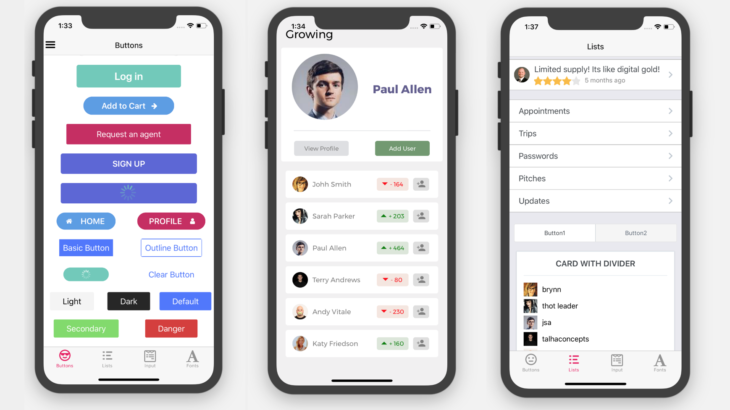
Testing forms is critical for ensuring application reliability. The latest React Testing Library News emphasizes testing from a user’s perspective. With Formik, you can simulate user input and verify that validation and submission logic work as expected. Tools like Jest News provide the test runner and assertion library, while React Testing Library provides the utilities to interact with your components.
Here is a simple test for our login form using React Testing Library.
import React from 'react';
import { render, screen, fireEvent, waitFor } from '@testing-library/react';
import '@testing-library/jest-dom';
import LoginForm from './LoginForm';
test('submits the form with valid data', async () => {
const alertMock = jest.spyOn(window, 'alert').mockImplementation(() => {});
render(This test ensures that the form behaves correctly under both valid and invalid conditions. For mobile, the equivalent testing library is React Native Testing Library, and for end-to-end tests, tools like Cypress News (for web) and Detox News (for native) can automate user flows across the entire application.
Conclusion: Formik’s Place in the Modern React Ecosystem
In an ecosystem buzzing with updates from tools like Vite News and frameworks like Gatsby News and RedwoodJS News, it’s easy to chase the newest, shiniest object. However, Formik represents the power of a mature, stable, and well-documented library that solves a complex problem with elegance and flexibility. Its ability to seamlessly integrate into both web (React) and mobile (React Native) projects makes it a powerful tool in any developer’s arsenal.
While alternatives exist, Formik’s declarative API, extensive feature set including tools like FieldArray, and strong community support ensure it remains a top-tier choice for form management. By understanding its core principles, applying best practices for performance, and integrating it correctly with modern data-fetching and UI libraries, you can build robust, user-friendly forms that stand the test of time. The real Formik News is that it continues to be a reliable and powerful solution for one of development’s most persistent challenges.

